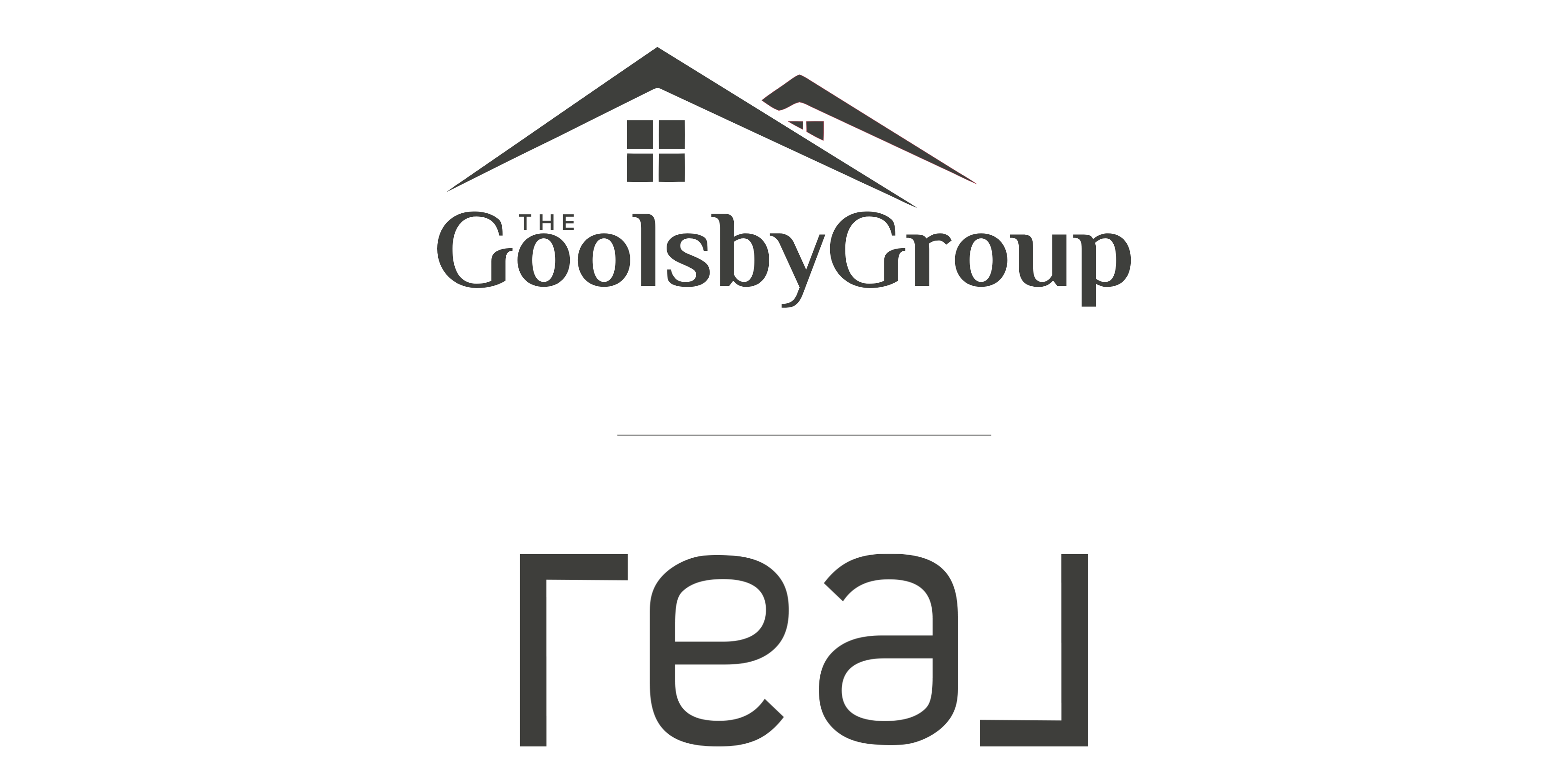Flooring Types
Flooring Types
It’s in the neighborhood you love and in the price range you’ve set. Everything about this potential home is perfect—except for the floor. Whether the flooring is dirty, damaged, or simply outdated, don’t let it stop you from saying yes to a house that meets all of your other qualifications. Although replacing a floor can be expensive, it’s an investment worth making. Floors can be made of a wide variety of material, including the traditional carpet, linoleum, tile, vinyl, and hardwood. In recent years, bamboo floors have gained popularity, and some places have even used cork as a flooring option.
If you have kids or expect your home to receive a lot of foot traffic, consider one of these tried-and-true materials to refurbish your home.
Carpet
A good quality carpet can last for years, and can help create a warm atmosphere—both metaphorically and literally. There’s something cozy and welcoming about a soft carpet that makes people feel right at home, but carpet also acts as a type of insulation that helps keep your feet warm in the winter months. Carpet comes in a nearly infinite range of colors, depths, and textures, so you’re likely to find something that suits your tastes. Although carpet accumulates dust and fur, and while it can be difficult to remove stains and odors from carpet, cleaning carpet after normal, everyday use is fairly easy. For families with toddlers and small children, carpet provides a buffer between a little one’s fragile head and a hard floor.
Hardwood
While the risk of water damage may make homeowners think twice before installing a hardwood floor, the undeniable beauty of a solid oak, maple, or pine floor makes this an appealing option. Hardwood floors have returned to popularity, and it’s easy to see why. Wood brings a neutral and natural element to a home, complementing just about any decorating style. New hardwood floor installation can prove pricey, but existing hardwood floors can be easily refinished, often with the ability to select a stain to achieve a lighter or darker floor. Hardwood can be easily swept or vacuumed, making it an attractive option to avoid the allergens that can accumulate in carpet.
Linoleum
Similar to and often confused with vinyl, linoleum is a great option for kitchens, bathrooms, and other high-traffic areas. Unlike vinyl, linoleum is made from natural materials, including linseed oil and cork powder, which means it does not emit the same harmful toxins and chemicals. Unfortunately, like vinyl, linoleum is easy to nick or scratch, and not very easy to repair. However, linoleum is a low-maintenance option that only requires a broom and occasional spot-mopping.
Tile
Tile can come in a variety of natural materials, from ceramic, to marble, to stone. Ceramic tiles are the most durable and least susceptible to water damage or chipping. Ceramic tiles are easy to clean, resistant to germs, and don’t show wear-and-tear. Of course, if a tile does get scratched or broken, it can be difficult to find the right tile to replace it, so it can be helpful to keep a few extra tiles on hand.
Ready to Find Your Dream Home?
Let us help you make that happen!
.png)
.png)


